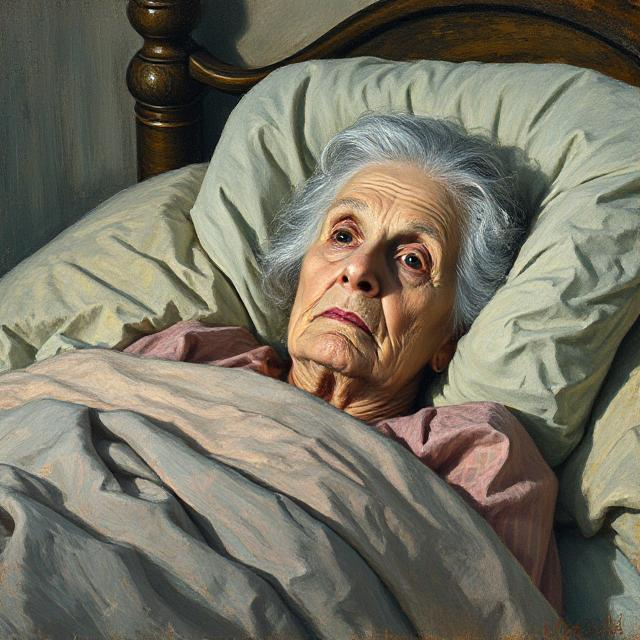In the West, we tend to talk about obesity in medical terms — as a public health crisis, a personal challenge, or a problem to solve. We measure it in BMI charts, weigh it in clinical studies, and layer it with stigma and contradiction: a body that must be fixed, but rarely respected.
But step outside the Western lens, and the picture shifts — not always better, not always worse, but different. Around the world, obesity is shaped by culture, history, class, and collective memory — and how a body is seen depends entirely on where it stands.
Japan: Discipline, Uniformity, and the “Metabo” Law
In Japan, thinness is woven into the cultural fabric — not just aesthetically, but socially. There’s an emphasis on uniformity, balance, and “wa” — the harmony of the group. Being overweight is often viewed as a sign of personal imbalance, a failure to control the self in a culture where restraint is a virtue.
The government even passed a controversial “Metabo Law”, where adults over 40 must have their waistlines measured at health checkups. The goal is public health, but the message is clear: your body is everyone’s business. Obesity isn’t just medicalized here — it’s policed.
China: Modern Pressures and an Old Ideal Reversed
In traditional Chinese culture, a bit of extra weight was once seen as a sign of wealth and good fortune. Only the privileged could afford to eat well — to be round was to be successful.
But as China’s economy modernized, so did its ideals. Urban thinness is now the gold standard, especially for women. Social media influencers and K-pop-inspired beauty trends flood platforms with hyper-thin aesthetics. Being overweight is now often framed as rural, outdated, or lazy — a stereotype that hurts across generations.
Still, the cultural memory of food scarcity lingers. Grandparents often urge their grandchildren to eat more, while younger generations quietly count calories.
India: A Culture in Transition
In India, the perception of obesity sits at a cultural crossroads. Traditionally, a fuller body — especially in older adults or married women — was linked to prosperity, fertility, and health. But in cities, global beauty standards and medical messaging have reshaped the narrative.
Today, thinness is often equated with modernity, education, and “taking care of yourself.” And yet, in many homes, being too slim still sparks concern: “Are you sick? Are you eating enough?”
It’s a dance between respecting tradition and chasing modern ideals, with body size caught in the middle.
Africa: Context, Status, and Shifting Norms
Across many African countries, the meaning of body size varies by region, tribe, class, and gender — but in many communities, larger bodies are still seen as signs of strength, wealth, and resilience. In some places, being “fat” means you’re well-fed, cared for, and respected.
For women especially, fuller figures have long been associated with beauty, motherhood, and dignity. But globalization is changing this too. Western media, fitness culture, and urbanization are introducing thinner ideals — especially among younger generations.
At the same time, rising awareness of diabetes and hypertension has begun to reframe the conversation — not around looks, but health.
Latin America: Curves, Contradictions, and Body Pride
In Latin American countries like Brazil, Mexico, and Colombia, bodies are celebrated — but the ideal body is often specific: curvy, yes, but still sculpted and tight. The pressure to achieve a certain kind of “full but fit” look is intense, especially for women.
There’s a love of sensuality, movement, and body pride — but also a booming diet and cosmetic surgery industry. Obesity is rising, particularly in low-income areas where ultra-processed foods are more affordable than fresh ones. Yet fatphobia persists, often cloaked in “concern” or humor.
It’s a culture of confidence and contradiction, where you’re encouraged to love your body — but only if it fits a narrow mold.
Europe: A Patchwork of Perspectives
Europe, as always, is diverse. In France, thinness is often tied to elegance and self-control — the French woman who eats what she wants, but never too much. There’s pride in moderation, but also subtle judgment toward larger bodies.
In Germany or the UK, public health messages about obesity are widespread — but so is the stigma. People in larger bodies often report being dismissed by doctors or judged in public spaces. That said, body positivity movements are gaining ground, especially among younger Europeans.
In some Scandinavian countries, social equality influences how obesity is seen — not so much as a moral failure, but as a public issue requiring compassion and access to care.
Across all these regions, one thing is clear: there’s no single story about obesity. It is shaped by economy, gender, beauty ideals, colonial history, and even climate. What’s praised in one culture may be shamed in another. What’s considered healthy in one decade may shift in the next.
But wherever you are, people in larger bodies often face the same things: scrutiny, stereotype, and the challenge of simply being allowed to exist without commentary. But all of them share the common ailments associated with obesity such a diabetes and heart disease.
Obesity is the scourge of modern civilization and talking about body positivity and acceptance are no excuses to not try to go from being obese to merely being overweight. That would be progress. As a fat man myself, I am entitled to say that.




